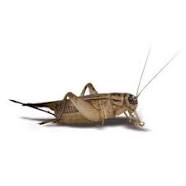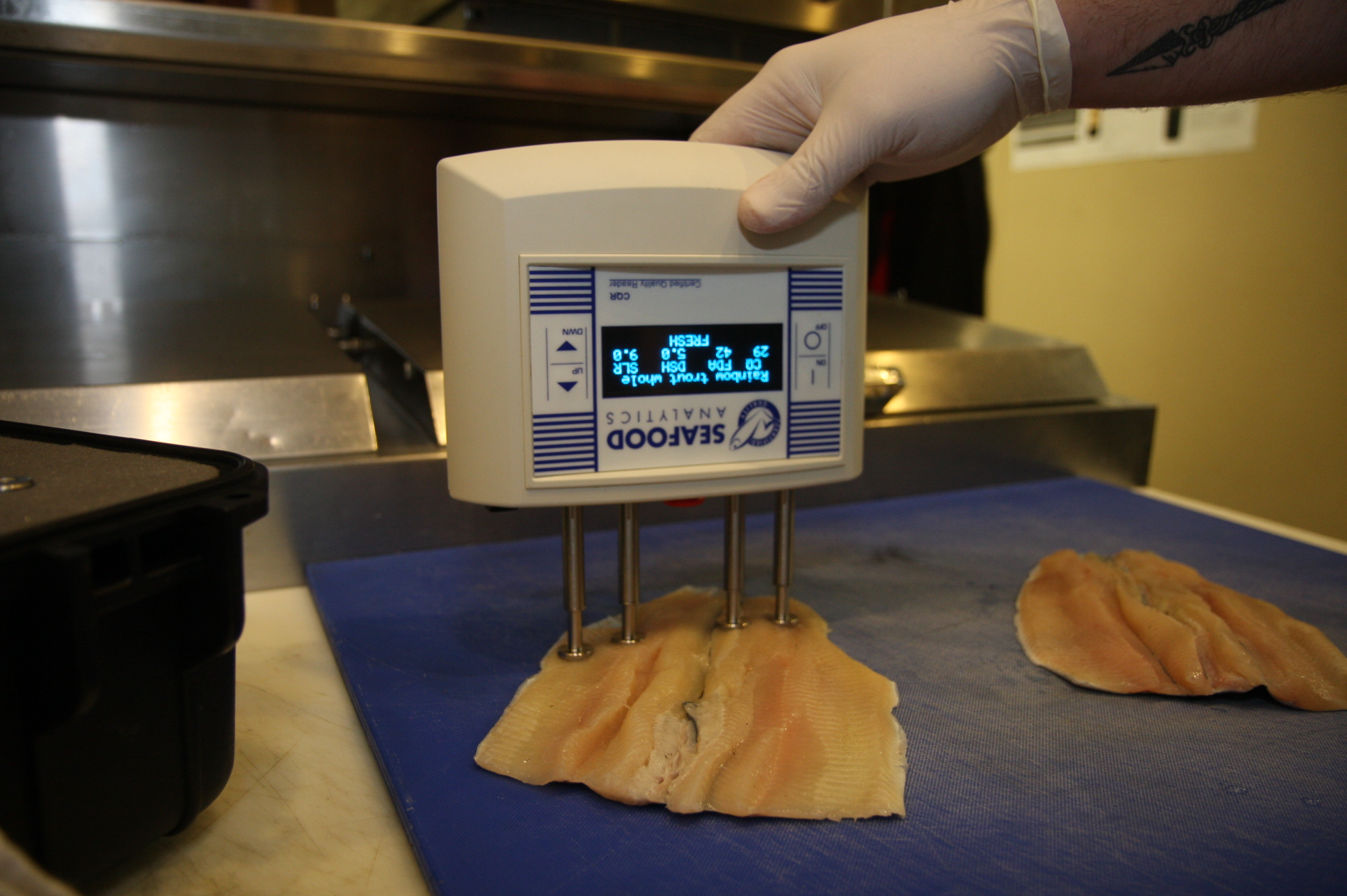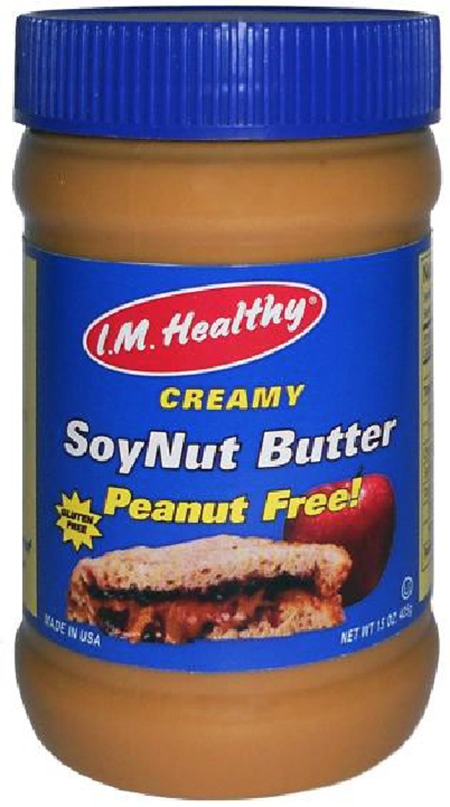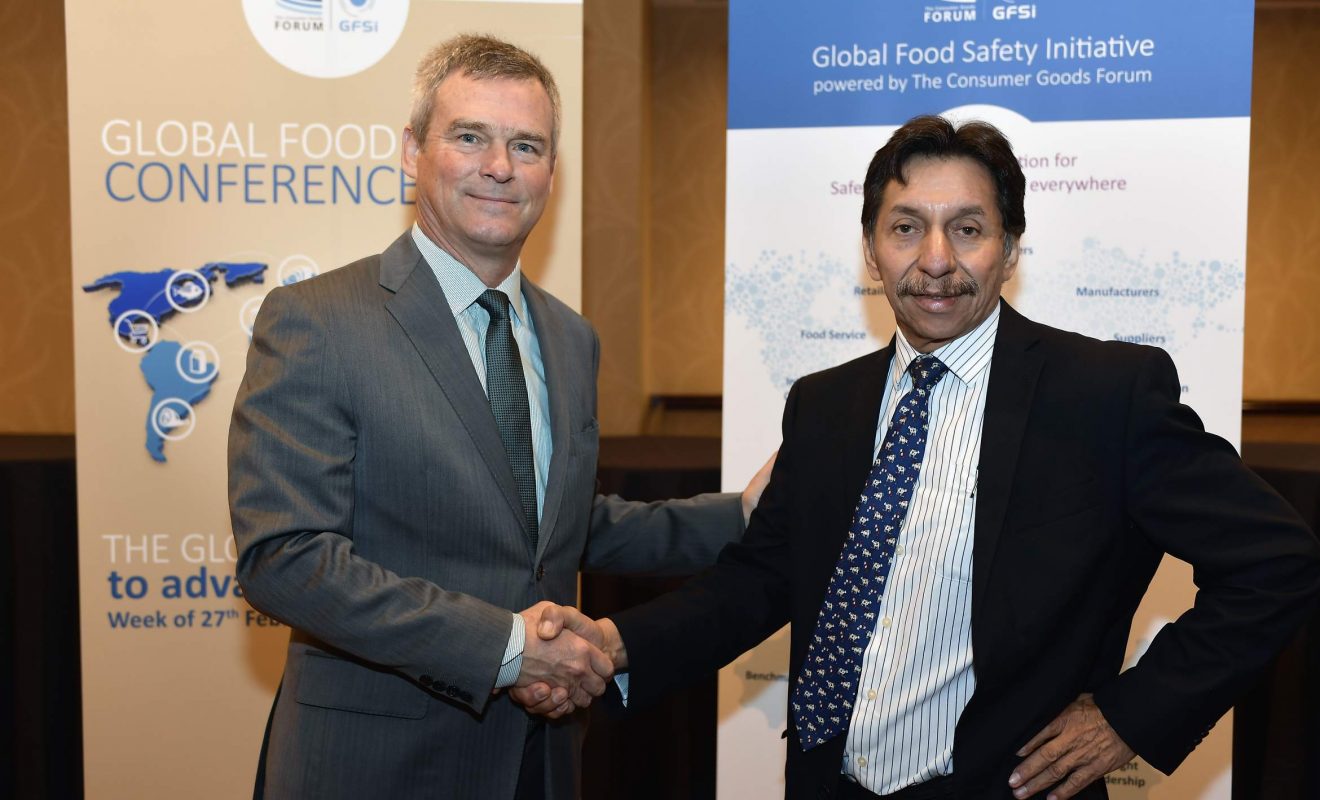A recent survey gauged the revenue growth of the top 25 large food companies at just 1.8% versus small and mid-size food companies, which grew at an estimated 11-15% since 2012. Changing consumer preferences for healthier food, non-GMP, organic, gluten free, and fresh foods are presenting an opportunity for smaller companies, which have the ability to react faster and capitalize on consumer demands. In a Q&A with Food Safety Tech, Randy Burt, partner with A.T. Kearney, explains how consumer influence is changing the food landscape and impacting food safety.
Food Safety Tech: Are consumers favoring small and mid-size food companies over large food companies? If so, why? What factors come into play?
Randy Burt: Small and mid-size food companies are winning against larger food companies primarily due to their flexibility and innovation capabilities, according to A.T. Kearney’s recent report “Is Big Food in Trouble”. Consumer demands have changed and smaller companies have been much faster at offering products that align with where the consumer is today and is headed in the future. Specifically, consumers demand more products that are free-from artificial ingredients/natural, fresh, local, offer, transparency in production practices and novel tastes and textures. Companies able to hit key elements of those characteristics and communicating an authentic brand story are experiencing tremendous growth.
The start-up, fail-fast mentality embraced by many smaller firms allows them to test and refine products quickly without the set of formal, and time consuming, new product development processes typically required by large CPGs. Many small companies are introducing products to service a consumer need; those that resonate with modern consumer values are winning in the marketplace. (Note that many small players are failing as well, but there are way more products being launched by food start-ups than there used to be.)
FST: What new pressures do companies face from consumers? How does this impact a company’s tactics in food safety?
Burt: Consumers today expect to know not just how their food tastes but also where it came from and how it was produced. More and more, consumers expect food companies to source food sustainably and treat labor fairly and animals humanely, while eliminating certain fertilizers, pesticides and artificial ingredients.
Food companies have and must continue to develop new food safety protocols and processes to address the changes in production required to meet these consumer expectations.
FST: Is FSMA having an effect on how larger food companies are approaching business decisions mentioned in the report (i.e., acquisitions of small companies, looking at emerging brands)?
Burt: FSMA is having a broad impact on the industry and the impact is probably felt more by the smaller start-ups than the larger firms. It is an issue that is almost inversely related to the innovation challenge the larger firms face.
Larger firms generally are better positioned to comply with FMSA. The burden of FSMA is felt more heavily by smaller firms as they have food safety processes and protocols that are less mature as compared to larger organizations.
As larger food manufacturers evaluate acquisitions of smaller players, gaps relative to FSMA certainly are a factor due to the potential cost and liability issues, but we have not seen FSMA consistently be a major barrier to acquisitions, just an important piece of the overall set of considerations.
Burt will be speaking during the opening keynote address of this year’s GMA Science Forum on Wednesday, April 19 in Washington, D.C.

























